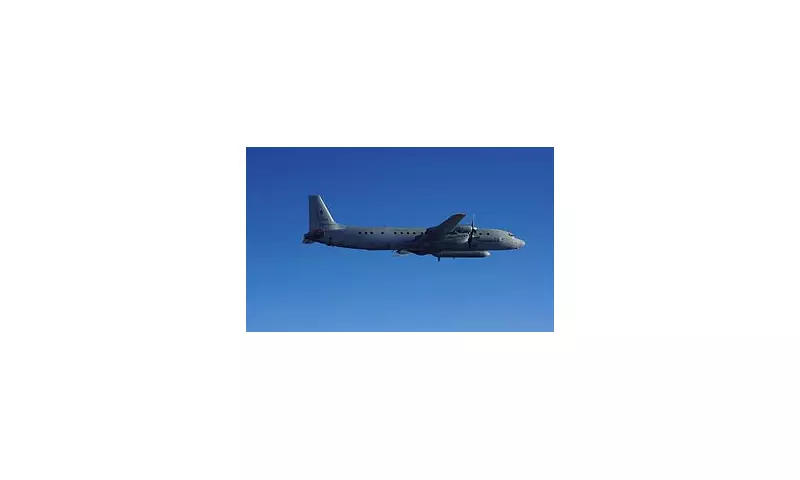
In a dramatic display of aerial brinkmanship, two state-of-the-art NATO F-35 stealth fighters were urgently scrambled from Orland Air Base to intercept a Russian intelligence aircraft approaching Norwegian airspace. The high-stakes encounter saw the advanced fifth-generation jets shadow the Russian Il-20 "Coot-A" surveillance plane as it navigated dangerously close to NATO territory.
The High-Stakes Interception
The Royal Norwegian Air Force confirmed that their F-35s identified and monitored the Russian aircraft throughout its flight path along Norway's coastline. The Il-20, equipped with sophisticated electronic surveillance technology, was tracked as it flew from the Kola Peninsula toward international airspace adjacent to Norwegian sovereign territory.
This incident marks another chapter in the escalating pattern of Russian aerial probes along NATO's northern flank, testing the alliance's readiness and response capabilities in strategically sensitive regions.
Advanced Technology Face-Off
The confrontation pitted Russia's veteran surveillance platform against the West's most advanced stealth fighter technology. The F-35's sophisticated sensor suite allowed Norwegian pilots to maintain constant monitoring of the Russian aircraft while demonstrating NATO's capability to respond rapidly to potential threats.
Military analysts note that such intercepts have become increasingly common as Russia continues to assert its military presence in Arctic and North Atlantic regions. "These incidents serve as both tactical intelligence gathering missions and strategic messaging operations," explained one defence expert.
Regional Security Implications
Norway's strategic location along NATO's northern boundary makes it a critical frontier for alliance defence. The successful interception demonstrates the continued importance of rapid response capabilities in maintaining regional security stability.
The incident occurred amid heightened tensions between Russia and NATO members, with increased military activity observed throughout northern Europe. Norwegian defence officials maintain that while such intercepts are conducted professionally, they underscore the ongoing need for vigilance in monitoring airspace approaches.
Both aircraft maintained safe separation throughout the encounter, with the Russian plane eventually turning away from Norwegian airspace after being shadowed by the NATO fighters for approximately thirty minutes.





